Most people think about sleep in terms of hours. Those with sleep disordered breathing quickly learn that how you breathe through the night can matter just as much. If your mouth falls open, snoring grows louder, the throat narrows, saliva dries, and you wake feeling as if rest never really happened. A growing number of clinicians and patients are turning to simple tools that encourage nasal breathing. One of the most talked about is Myotape, a lip tape designed to support a gentle mouth seal without closing the lips completely.
Used carefully, and in the right situations, it can be surprisingly effective. Misused, or tried by the wrong person, it can be frustrating or unsafe. The details make all the difference.
What it is and how it works
Myotape is a soft, elastic tape shaped like a ring that sits around the lips. The central opening remains uncovered, so the lips are not glued shut. The stretch of the tape brings the lips together and cues a light seal. You can still open your mouth in a hurry, take a sip of water, or call out.
This design is deliberate. A full strip across the lips can feel claustrophobic and increases anxiety for many new users. Myotape aims to nudge the face toward nasal breathing and improved tongue posture rather than force it.
The mechanics are simple:
- Lips resting together raise the tongue to the palate.
- Tongue-to-palate posture widens the upper airway.
- Nasal airflow humidifies and filters air, and encourages steady diaphragm use.
It is not a cure for obstructive sleep apnoea. It is a behavioural aid that can complement other treatments and reduce mouth-driven symptoms like snoring or CPAP mask leaks.
Why nasal breathing changes the night
Nasal breathing is not merely an aesthetic preference. The nose conditions air, which influences both comfort and airway behaviour.
- Conditioning of air: The nasal passages add moisture and warmth, reducing dryness of the mouth and throat. Dry tissue vibrates more easily and is more prone to irritation.
- Nitric oxide: The paranasal sinuses generate small amounts of nitric oxide that mix with inhaled air. This supports gas exchange in the lungs and has antimicrobial properties.
- Resistance and stability: The nose adds a small amount of resistance that can maintain a steadier airflow and help keep the throat from collapsing. Think of it as a natural splint.
- Tongue posture: When the lips rest together, the tongue is more likely to rest against the palate. That position helps keep the back of the tongue off the airway.
People with a habit of mouth breathing often wake with thirst, a sore throat, and blocked nose. Training the body to use the nose again can reverse much of that.
Who might benefit
There are several scenarios where Myotape is commonly considered.
- Night-time snoring that worsens with mouth opening
- Mild obstructive sleep apnoea or upper airway resistance where mouth breathing is a dominant feature
- CPAP users who struggle with mouth leak, dry mouth, or poor mask seal
- People with nasal patency who still mouth breathe from habit
- Those undertaking myofunctional therapy who need a tactile cue to keep the lips closed
If you wake with a dry mouth, drool on the pillow, or have a bed partner who notices your mouth falling open, you fit the typical profile. Many CPAP users use lip tape to prevent air escaping through the mouth, especially when using a nasal mask or pillows.
Children are a separate group. There is a child version of Myotape and it is sometimes used within orthodontic or myofunctional programmes. A paediatric dentist, ENT, or speech and language therapist should guide that process, not just a parent at home.
Situations where it is not suitable
Lip taping is not for everyone. Safety comes first. Avoid Myotape or speak with a clinician if any of the following apply.
- Moderate or severe obstructive sleep apnoea that is untreated
- Severe nasal obstruction, chronic sinus disease, or a completely blocked nostril
- Recent nasal surgery or trauma
- Significant respiratory disease, including severe COPD or uncontrolled asthma
- High risk of vomiting or reflux at night
- Use of heavy sedatives, opioids, or excessive alcohol before bed
- Claustrophobia or panic with facial adhesives
- Skin conditions near the mouth, open wounds, or adhesive allergies
If your nose does not move air comfortably for five minutes during the day, work on nasal care first. For some, that means allergy treatment, saline rinses, nasal steroid sprays prescribed by a GP, or ENT evaluation.
What current evidence suggests
The evidence base is growing, but it is still relatively small. Most published work around mouth taping focuses on outcomes in mild sleep apnoea, snoring intensity, and mouth leak during CPAP.
Key themes across studies and clinical reports:
- Snoring often reduces when people switch from mouth to nose breathing. Objective sound measurements commonly show lower intensity and fewer snores per hour.
- In mild obstructive sleep apnoea, some small trials and pilot studies have reported reductions in AHI and improvements in oxygen saturation when mouth taping is used by people with good nasal airflow.
- CPAP adherence can improve when mouth leak is brought under control. Lip tape may reduce arousals from leaks and dry mouth.
- People with significant nasal obstruction rarely benefit until the nose issue is addressed.
Large, long-duration trials are still limited, and results vary because sleep disordered breathing is multifactorial. Expect meaningful help with mouth-driven problems rather than a cure for apnoea. Combining lip tape with established therapies produces the strongest results.
Getting started at home
Treat it like any new training tool. A stepwise approach builds confidence and keeps you safe.
-
Check nasal airflow
- Sit quietly during the day and breathe through the nose for five minutes.
- If you struggle, start with saline rinses, gentle nasal breathing drills, or seek medical advice for persistent blockage.
-
Daytime familiarisation
- Apply Myotape for 15 to 30 minutes while reading or watching television.
- Keep a small pair of blunt scissors nearby the first few sessions if that reassures you.
- Practise taking the tape off calmly by peeling one corner.
-
Light naps before full nights
- Use it for a nap when you can be observed.
- If you wake anxious, remove it and try again another day.
-
First full night
- Go to bed with a clear nose. Avoid alcohol late in the evening.
- Place a spare strip on the bedside table in case the first loses adhesion with drool or skin oils.
-
Review the morning
- Note snoring feedback from a partner or a snore app.
- Rate your mouth dryness, throat comfort, and how often you woke.
If you feel short of breath or anxious, peel the tape off. The central opening allows rapid mouth opening, but your comfort should set the pace.
How to apply it well
- Clean, dry skin works best. Remove lip balm or heavy moisturiser from the perioral area.
- Men with beards may struggle with adhesion. Trimming around the lips helps.
- Centre the opening over your lips, then gently press around the perimeter.
- Keep the lips lightly touching rather than clenching.
- If you need to cough, yawn, or speak, open the mouth and let the tape stretch. It will release enough to allow movement.
Myotape is intended for single use. Reusing adhesive can irritate skin and reduces reliability.
Combining with other treatments
Myotape often serves as an adjunct rather than a standalone solution. Pairing can raise the odds of success.
- CPAP: Reduces mouth leak with nasal masks, limits dry mouth, and may allow lower pressure settings when clinically appropriate.
- Mandibular advancement devices: Keeps the mouth closed while the jaw device holds the lower jaw forward. That combination can steady airflow in selected patients.
- Positional therapy: Side sleeping reduces gravity-driven airway collapse. A closed mouth on your side can be quieter and more stable.
- Allergy control: Antihistamines, nasal steroids, and dust-mite measures improve nasal patency, making lip tape more comfortable.
- Myofunctional therapy: Tongue and orofacial exercises create longer term changes. Lip tape reminds the body to use new patterns during sleep.
A clinician can help you decide the right mix. Many people start with tape and basic nasal care, then add or adjust treatments based on response.
Myofunctional exercises that support nasal breathing
Training the muscles of the tongue, lips, and soft palate reinforces what the tape is trying to cue. A simple micro-routine before bed can help.
- Tongue suction hold: Place the entire tongue on the palate and create gentle suction. Hold for 5 to 10 seconds, repeat 10 times.
- Humming breaths: Inhale through the nose, then hum lightly on the exhale. The vibration promotes nasal nitric oxide and relaxes the airway.
- Lip seal pulses: Press the lips together lightly for 3 seconds, relax for 2 seconds. Repeat 20 times.
- Lateral tongue sweeps: Sweep the tongue along the upper teeth, right to left and back, for 30 seconds.
Consistency matters more than intensity. Two or three minutes each evening is enough to reinforce patterns.
Skin care, comfort, and practicalities
Little details make nightly use easier.
- Patch test on the forearm if you are prone to adhesive reactions.
- Remove slowly by lifting a corner and peeling along the skin, not away from it.
- A drop of warm water softens the adhesive if removal feels tight.
- Keep lips conditioned during the day. Apply balm well before bedtime so the skin is hydrated but not oily at lights out.
- Wash the perioral area in the morning to avoid build-up from adhesive residue.
If drooling is an issue, a folded flannel on the pillow helps while you adapt. Many users notice drool decreases once the mouth stays closed consistently.
Cost and where it fits in a sleep budget
Compared with devices like mandibular advancement splints or CPAP, lip tape is inexpensive. Expect to use one strip per night. For some, the running cost is offset by better CPAP adherence or the postponement of more invasive options. For others, especially with moderate to severe apnoea, it is only a small piece of a larger treatment plan.
If budget is tight, try a short trial and track outcomes. A snore recording app, a partner’s report, and how you feel by midday will tell you if it earns its place.
Alternatives at a glance
The goal is the same: maintain airflow and keep the upper airway open. Different tools approach the problem from different angles.
| Option | How it helps | Pros | Cons | Best for |
|---|---|---|---|---|
| Myotape or lip tape with opening | Encourages nasal breathing and lip seal | Gentle, removable, low cost | Not suitable for nasal obstruction | Snoring with mouth opening, CPAP mouth leak |
| Full lip tape across the lips | Forces mouth closed | Strong seal | Anxiety for some, harder to remove quickly | Experienced users with clear nasal airflow |
| Chin strap | Supports jaw closure | Reusable, no facial adhesive | Can push jaw back in some people, comfort issues | CPAP users who tolerate straps |
| Nasal dilators or strips | Widens nasal passages | Drug free, immediate effect | Limited effect with deep nasal issues | Mild congestion, sports, snoring |
| Mandibular advancement device | Holds lower jaw forward | Strong evidence for mild to moderate OSA | Cost, dental visits, jaw discomfort for some | Diagnosed OSA or resistant snoring |
| CPAP | Splints the airway with positive pressure | Gold standard for moderate to severe OSA | Equipment costs, mask fit challenges | Clinically significant OSA |
Many people use more than one. A nasal dilator plus Myotape, or MAD plus Myotape, are common pairings.
Safety checkpoints before each night
A 30 second pre-sleep check keeps things sensible.
- Can I comfortably breathe through my nose right now?
- Do I have a way to remove the tape quickly in the dark?
- Am I sober and alert enough to place and remove the tape if needed?
- Has a clinician advised me if I have been diagnosed with moderate or severe OSA?
If one of these answers is no, skip the tape and address the underlying issue first.
Realistic expectations over time
Behaviour change shows up in stages.
- Week 1: Sensation of tape on the face feels odd. Snoring may reduce some nights and not others. Dry mouth often improves.
- Weeks 2 to 4: Lip seal becomes automatic. Fewer wake-ups from mouth leaks, especially with CPAP users. Snore intensity stabilises at a lower level if nasal airflow is solid.
- Months 2 to 3: Improved morning throat comfort, less congestion on waking, and more consistent nasal breathing during the day. People doing myofunctional work often report clearer gains by this point.
If nothing changes after a month of steady use and your nose is clear, it is time to reassess. An oral appliance, positional therapy, or formal sleep assessment may be the better route.
Frequently asked questions
Q: Is mouth taping safe?
A: It can be, in suitable candidates with clear nasal airflow. People with untreated moderate or severe apnoea, or with blocked noses, should not use it without clinical advice.
Q: What if my nose blocks while I am asleep?
A: Myotape has a central opening and stretches so you can open your mouth. If you are worried, start with supervised naps and keep a bedside light within reach.
Q: Will it fix sleep apnoea?
A: It can reduce mouth-driven snoring and mouth leak. It is not a replacement for CPAP or a mandibular device in clinically significant apnoea.
Q: Can I use it with CPAP?
A: Yes. Many nasal mask users find mouth leak settles. Work with your sleep clinic to check pressures and mask fit after adding tape.
Q: What about a cold or hay fever flare?
A: Skip the tape when the nose is blocked. Resume when nasal airflow is comfortable again. Regular nasal care helps.
Q: Is it suitable for children?
A: Only with professional guidance. Mouth breathing in children has many possible causes, and a team approach is best.
Q: How will I know it is doing anything?
A: Track three things for two weeks: snore recordings, morning mouth dryness, and daytime alertness. Patterns tell the story more clearly than a single night.
A small piece of elastic tape cannot solve every sleep breathing problem. Used wisely, it can be a practical cue that makes other treatments work better and nights feel calmer. The right candidate, the right preparation, and the right expectations are what turn a simple strip of tape into meaningful progress.











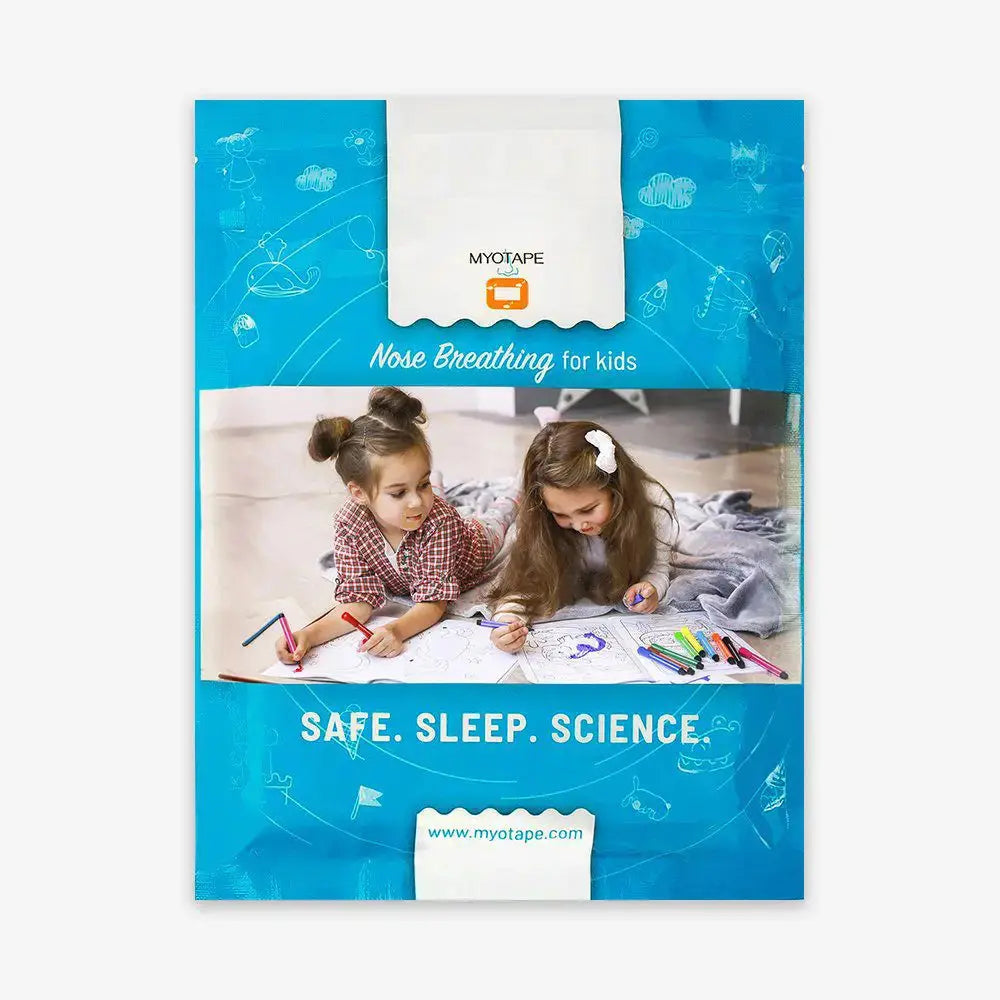
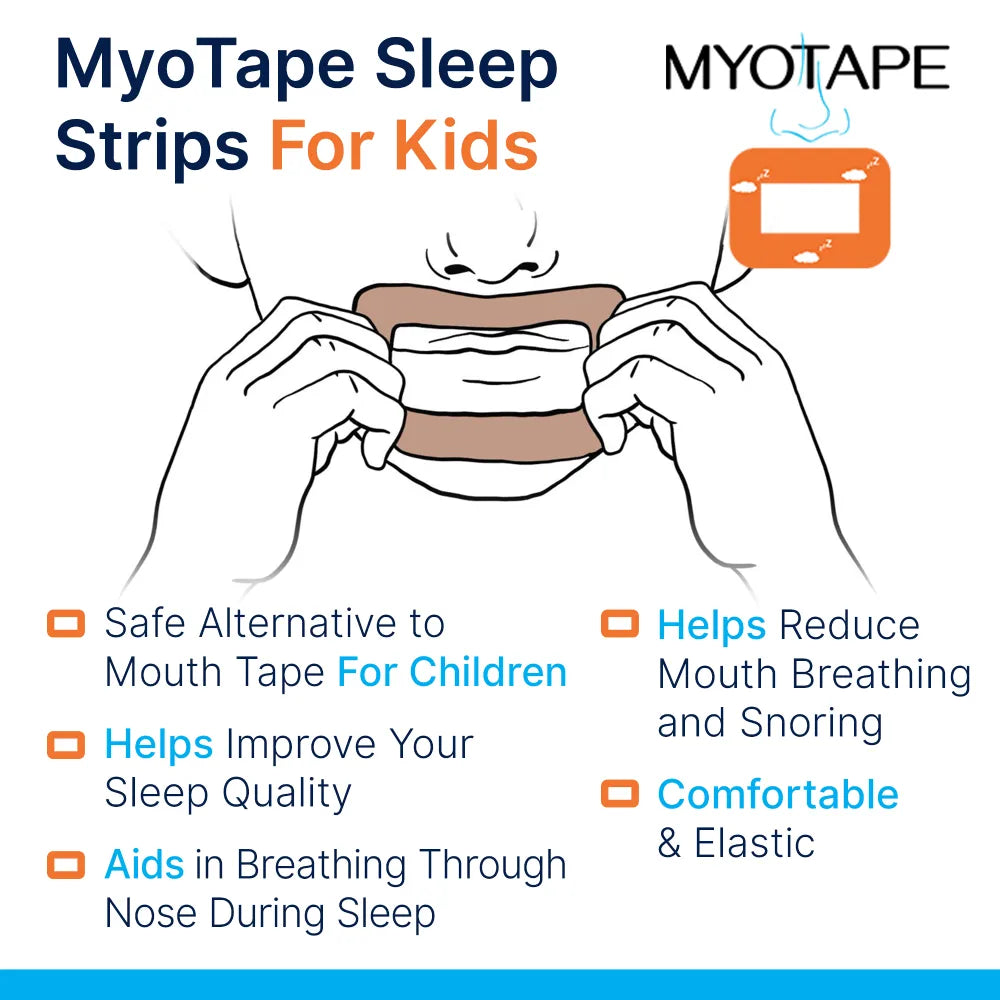
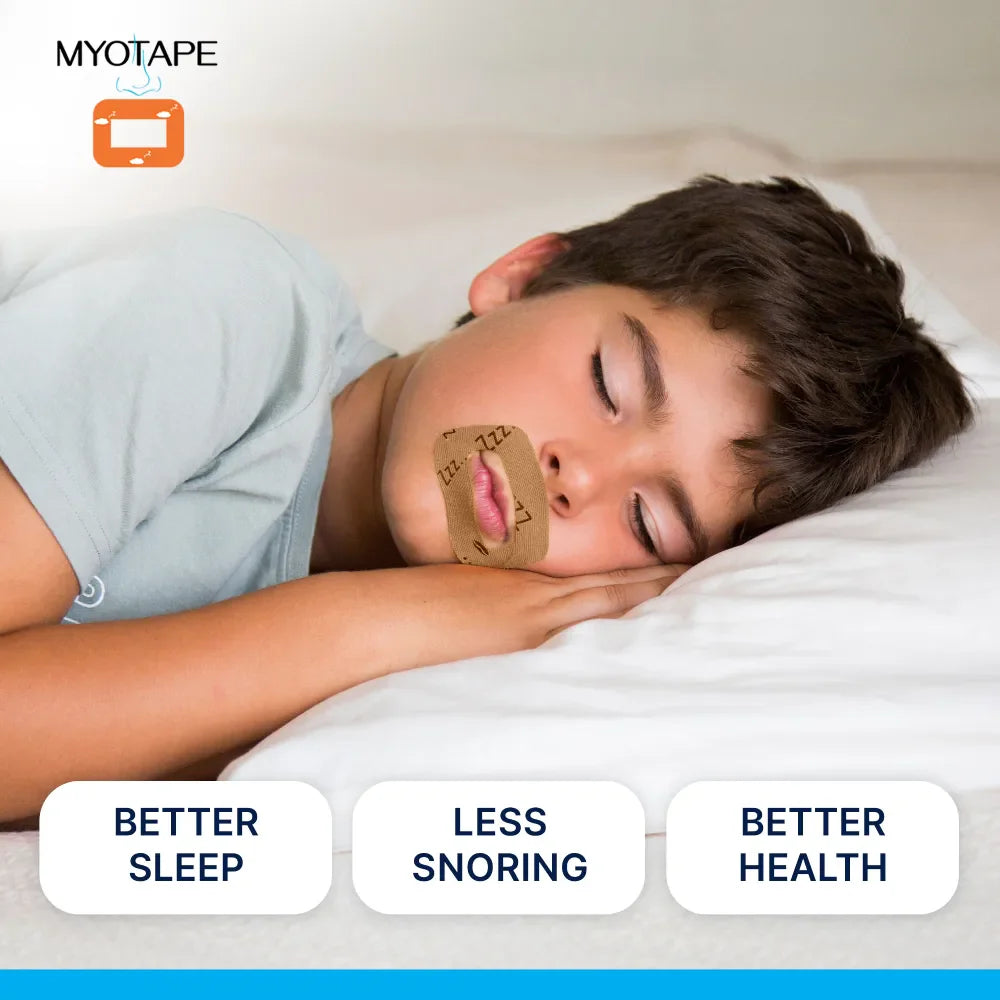
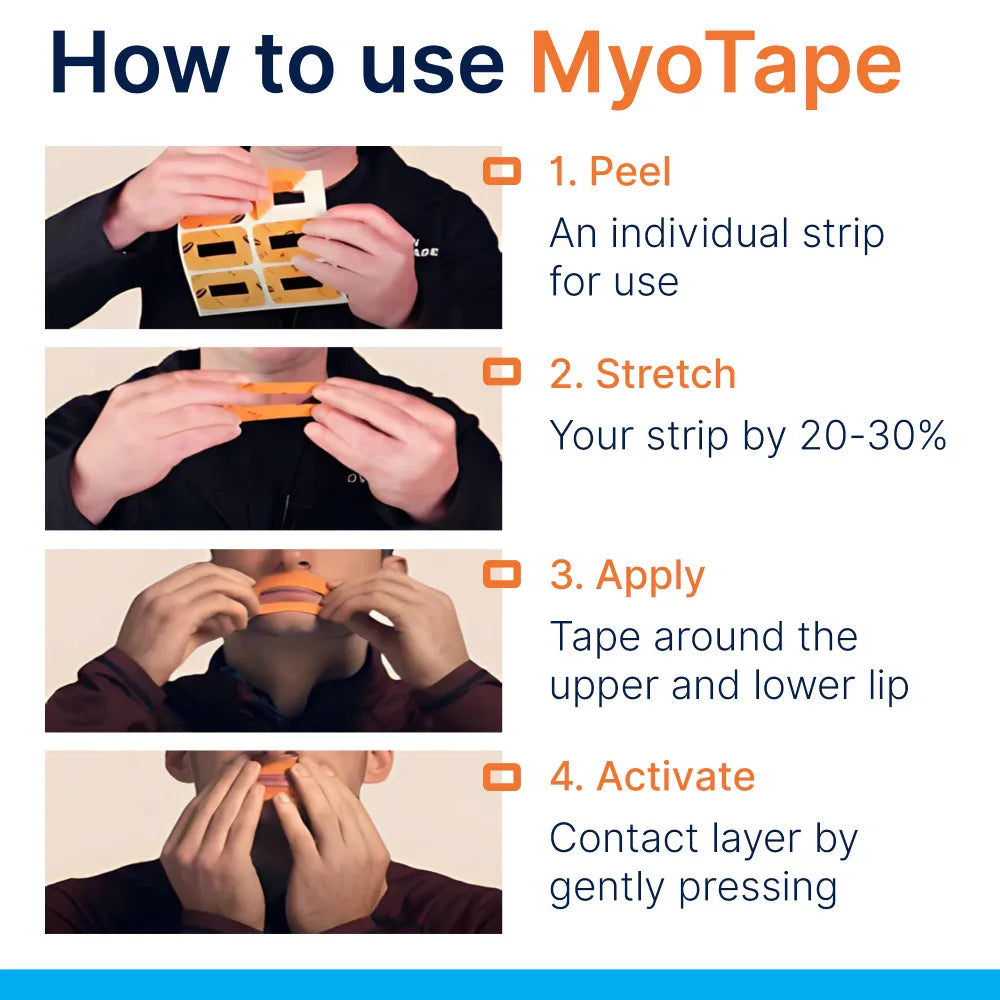
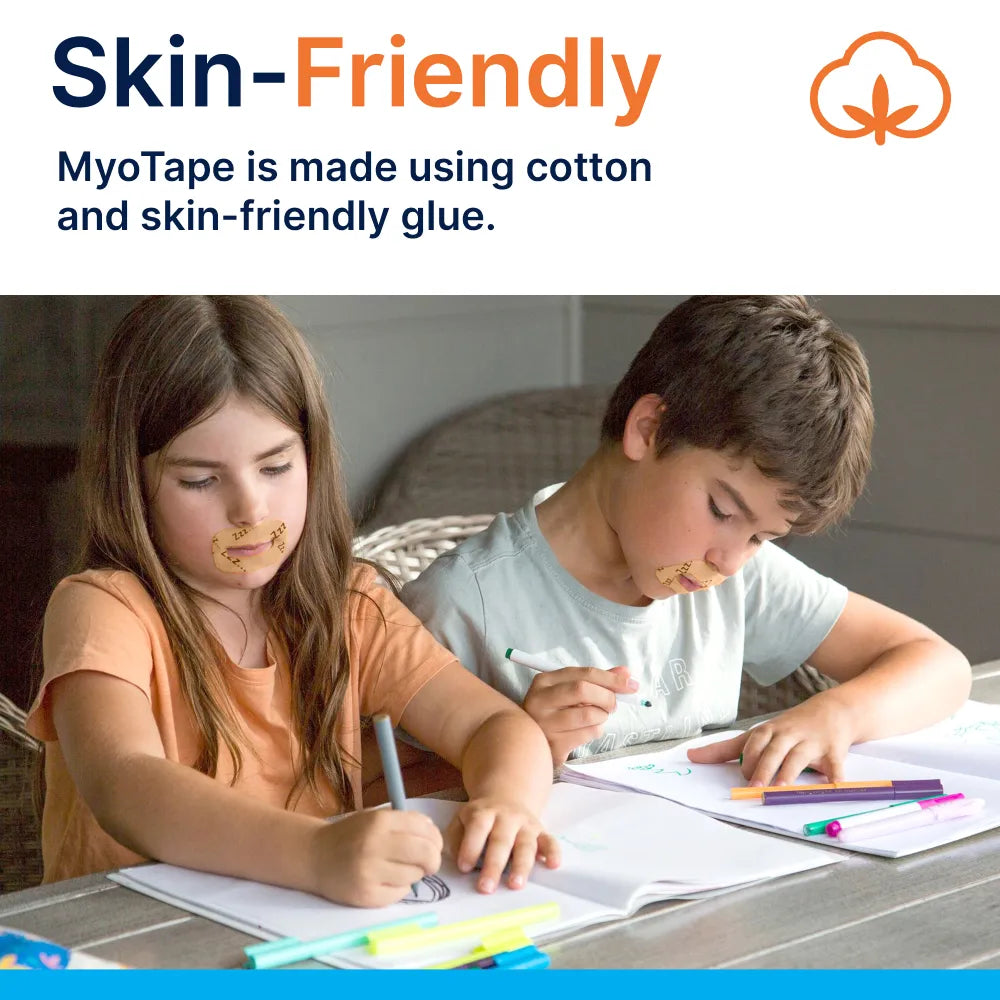










0 comments